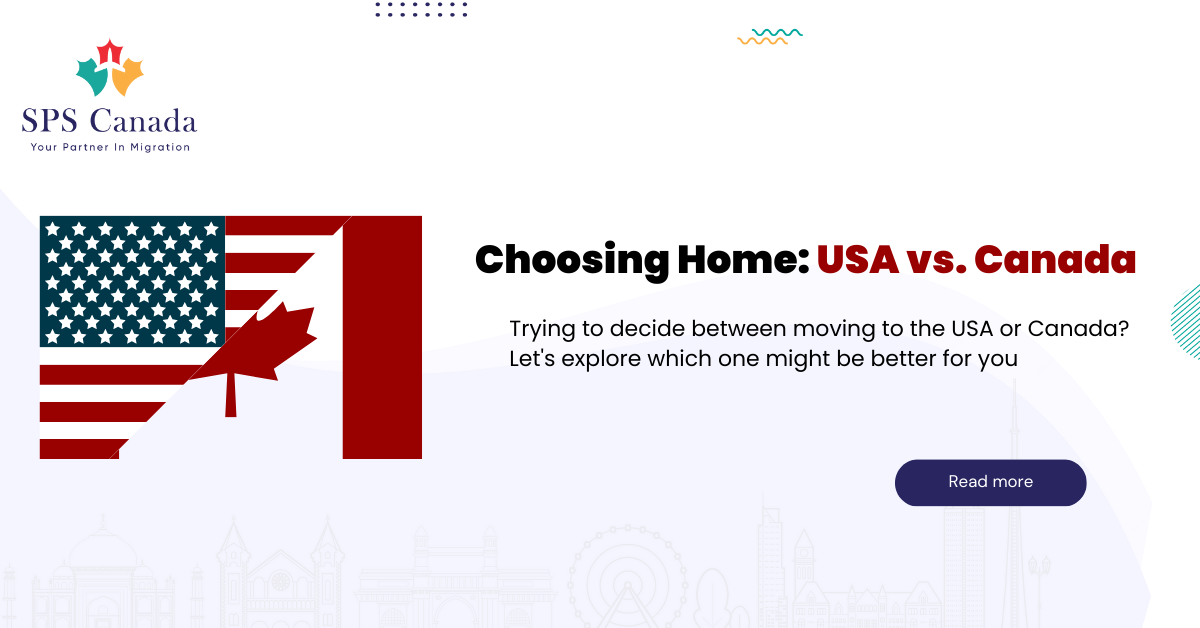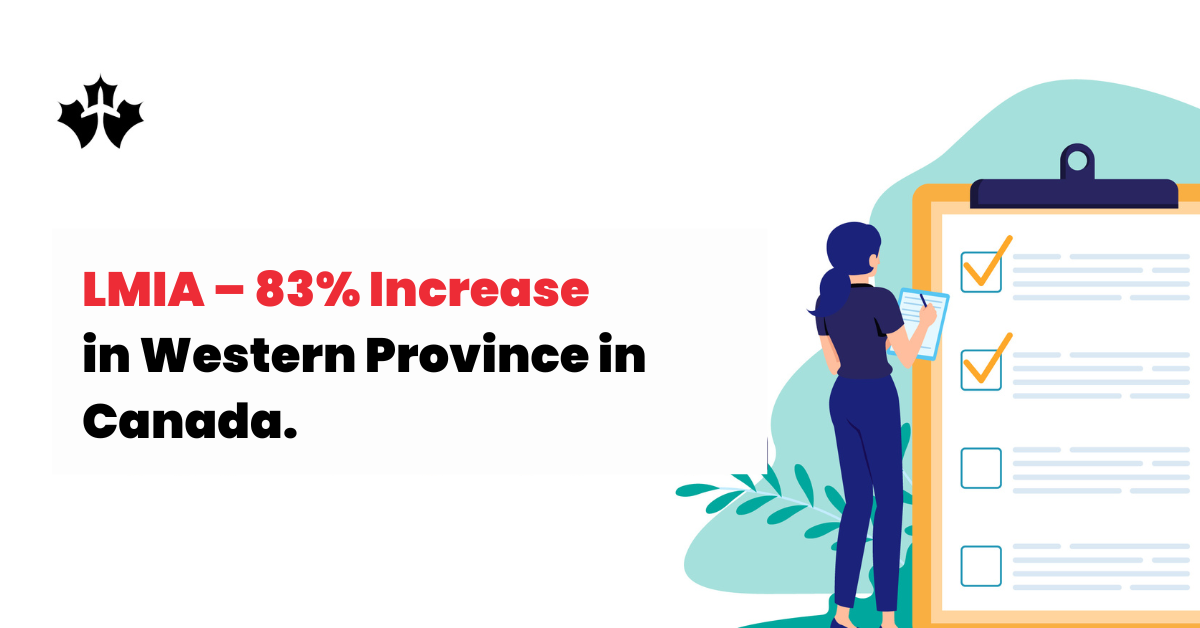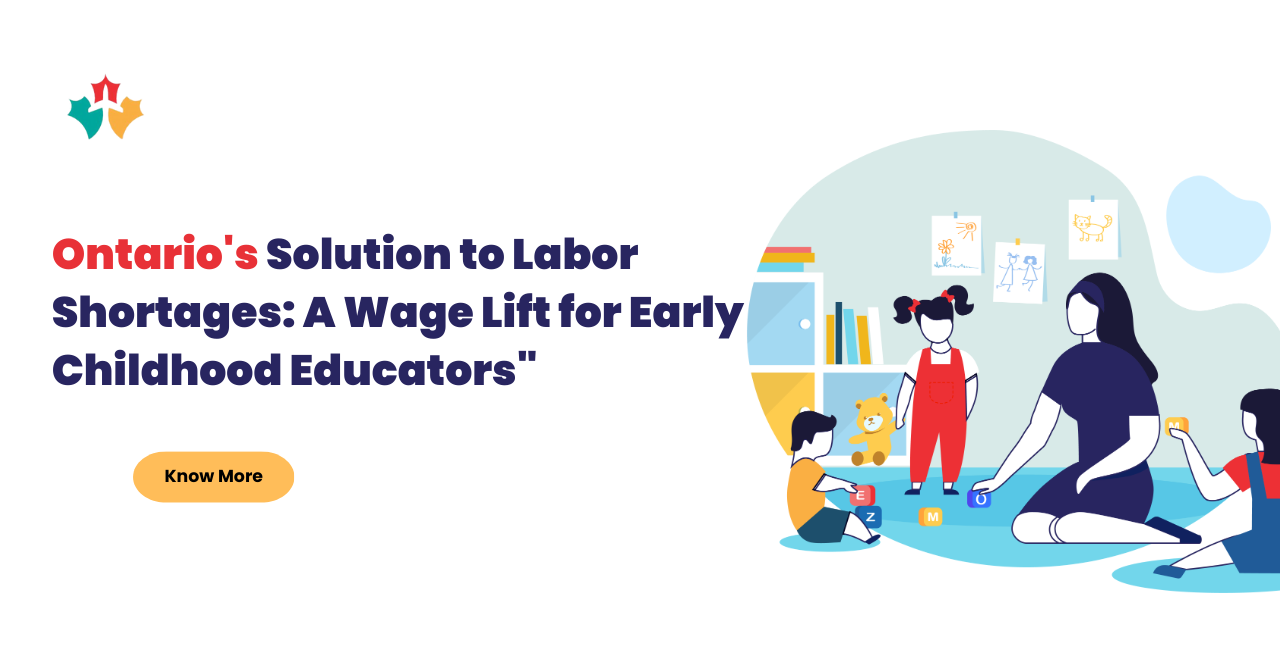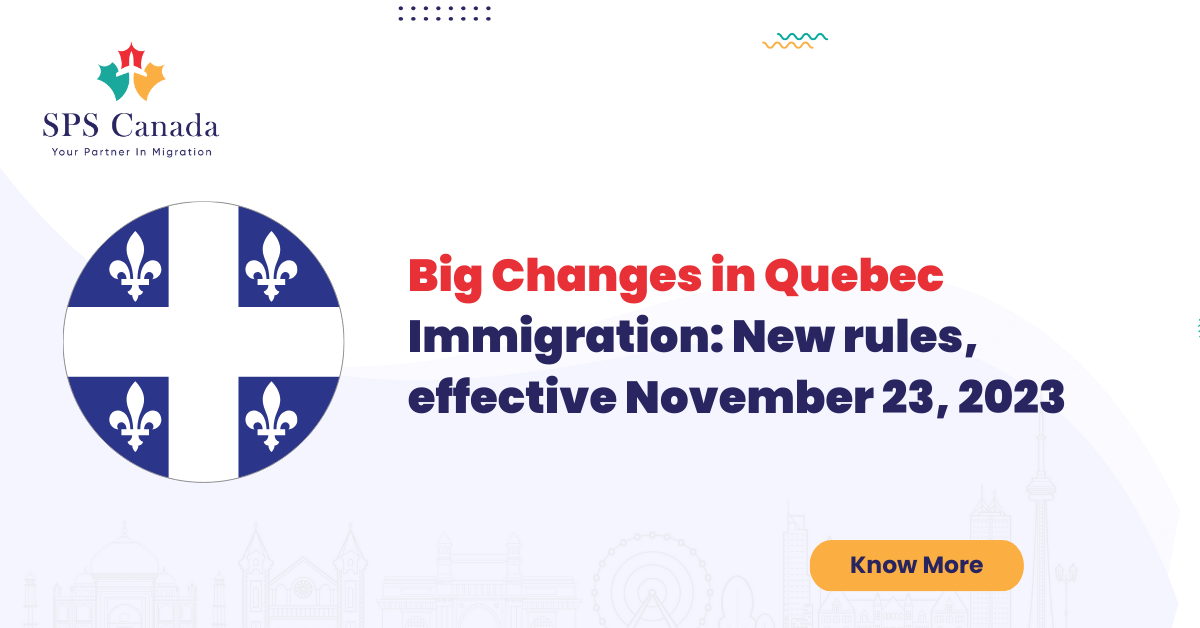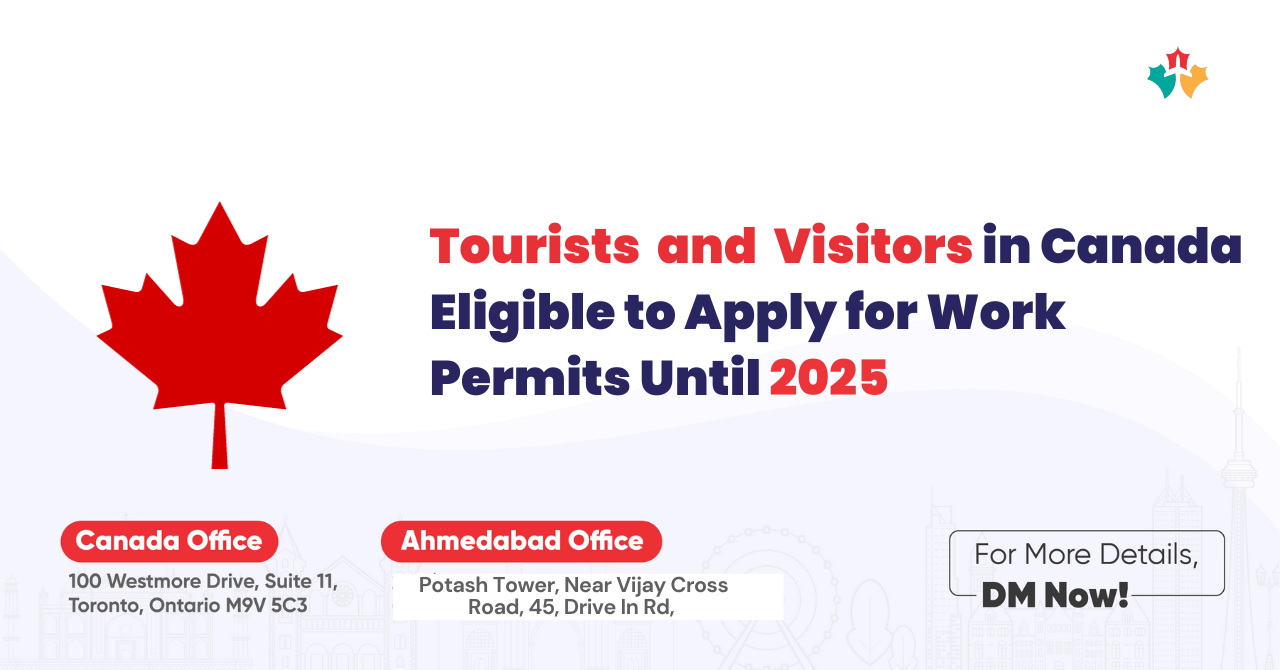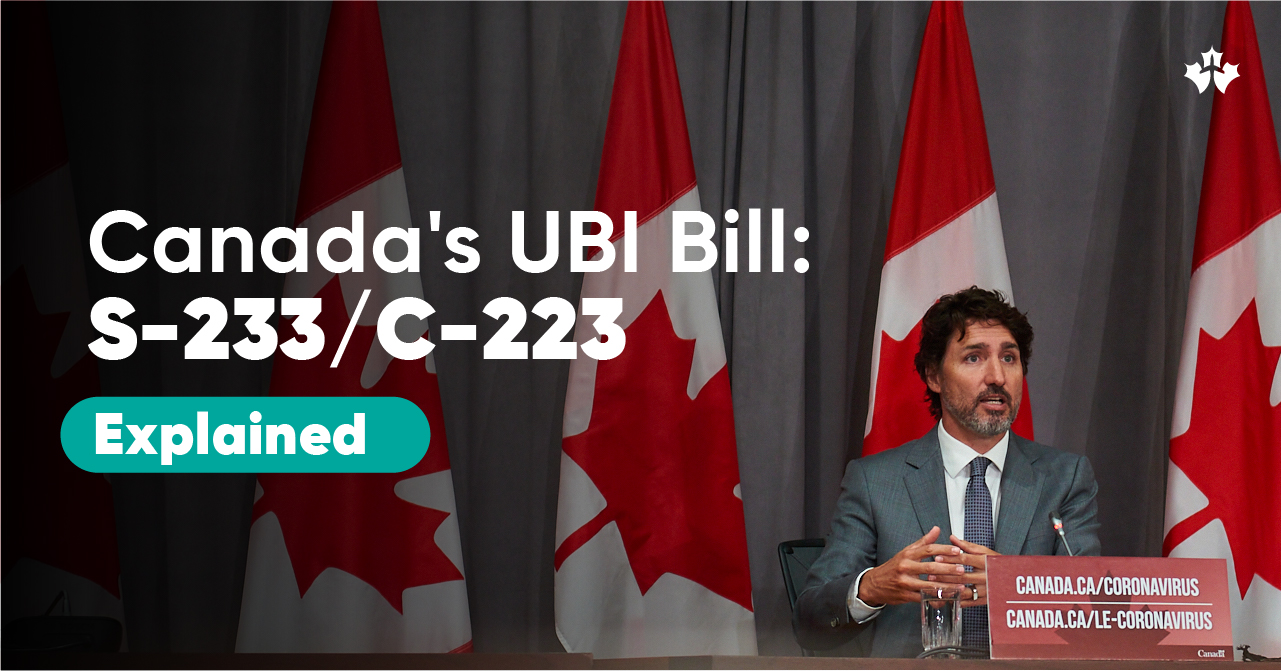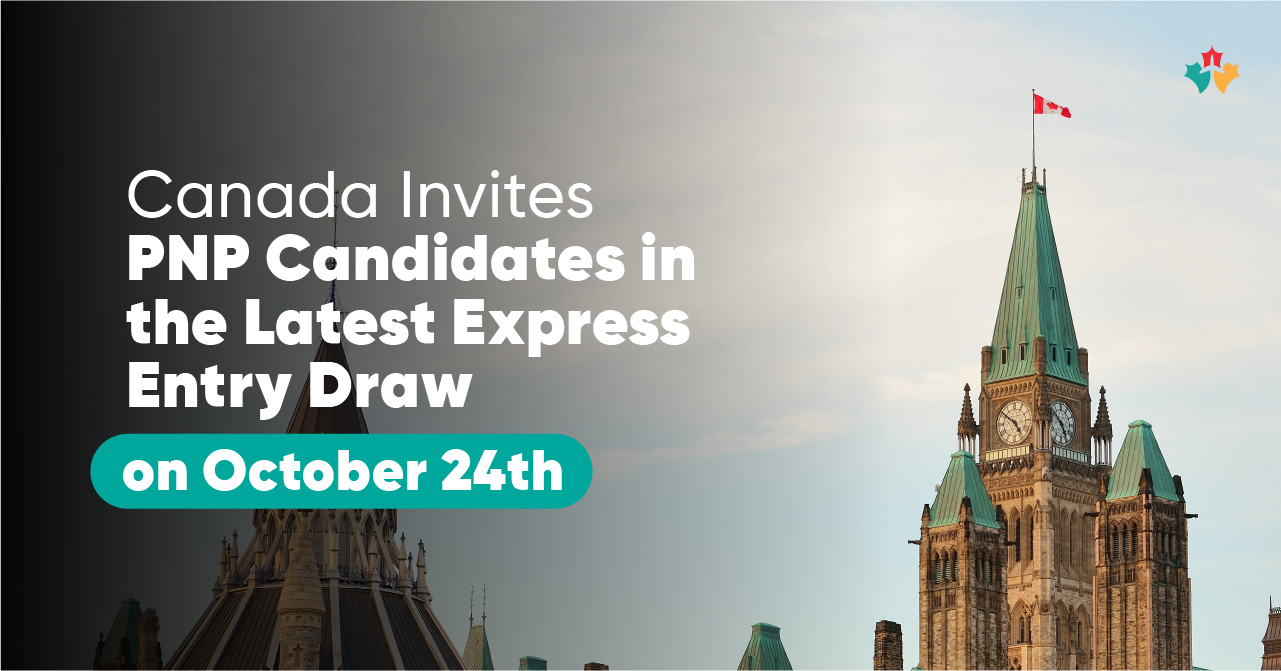Choosing the ideal destination for immigration is a significant decision, and when considering options, the debate often centers around the United States (USA) and Canada. Both countries offer unique opportunities and experiences, making the decision of ‘USA or Canada: which is better for immigration?’ a nuanced and personal one.
Navigating immigration policies is crucial for those contemplating a move to the USA or Canada. Understanding the distinct regulations and opportunities in each country is essential for informed decision-making.
What are different pathways for Canadian immigration?
1. Permanent Residence (PR) Visa
2. Express Entry Visa
3. Federal Skilled Worker Visa
4. Provincial Nominee Programs
5. Family Sponsorship
6. Visitor Visa
7. Student Visa
8. Business Immigrant Visa
What are the different pathways for US immigration?
1. F1, J1, M1 Student Visa: Higher education pursuits
2. E1, E2 Visa: Employee migration
3. IR1 and CR1 Visa: Spouse of a US Citizen
4. K1 Visa: Fiancé intending to marry a US citizen
5. I-130 Petition (K-3) Visa: Spouse of a US Citizen awaiting approval.
Living and working in Canada
- Jobs in demand in Canada in 2023 with corresponding annual salaries:
- Web Developer: $62,522
- Medical Workers: At least $76,362
- Restaurant Servers: $24,668 – $30,377
- Supply Truck Drivers: $45,825 – $77,903
- Standard work hours for federally regulated employees in Canada are 8 hours per day, totaling 40 hours weekly.
- Canadian companies provide a minimum of 10 paid leaves annually.
Living and Working in the USA
- In 2023, the US markets faced challenges, causing concerns for one-third of the population regarding job security, including job loss or salary reduction (Marketplace report).
- Recession-resistant jobs during the pandemic with annual salaries:
- Domestic Health Workers: $24,200
- Software Developers: $103,620
- High-Skilled Nurses: $107,030
- Market Analysts: $63,120
- Bureau of Labor Statistics data for 2019 reveals employed Americans worked around 34.4 hours per week.
- The USA guarantees a minimum of 10 paid annual leaves for all employees
Studying in Canada
University tuition fees in Canada are cheaper than in the US by an average of 27%.
Top universities in Canada include McGill University, the University of Toronto, the Université de Montréal, Queen’s University, and more.
QS World University Rankings 2021 – Top 5 Universities in Canada |
||
| Canada Rank | Global Rank | University |
| 1 | 25 | University of Toronto |
| 2 | 31 | McGill University |
| 3 | 45 | University of British Columbia |
| 4 | 118 | Université de Montréal |
| 5 | 119 | University of Alberta |
Canadian immigration system allows children (until the age of 16 or 18) access to free public school education. However, private schools in Canada have a fee range of CAD 8,000 to CAD 14,000 per year.
Studying in the US
The US is home to 8 Ivy League Schools, which include Brown University, Columbia University, Cornell University, Harvard University, University of Pennsylvania, Princeton University and Yale University.
QS World University Rankings: USA: Top 5 Universities in the US |
||
| Rank | Institution | Location |
| 1 | Harvard University | Cambridge, MA |
| 2 | Stanford University | Stanford, CA |
| 3 | Massachusetts Institute of Technology (MIT) | Cambridge, MA |
| 4 | The University of California, Berkeley (UCB) | Berkeley, CA |
| 5 | Columbia University | New York, NY |
Note: The USA also allows eligible F-1 students to opt for Optional Practical Training. This is a type of permit that lets students gain real-time work experience related to their field of study.
USA or Canada for immigration, individuals must weigh factors such as immigration pathways, job opportunities, and educational prospects. Canada offers a strong job market while the USA provides a range of educational institutions and varied job prospects. Understanding the unique lifestyle and work culture in each country is Important for making an informed decision. regardless of the choosen option, both nations present distinct advantages, and the decision ultimately hinges on personal preferences, career goals, and lifestyle aspirations.
Receive professional advice on any of your questions regarding Canadian immigration, get in touch with us experienced immigration consultants from SPSCanada. For additional information, contact support@spscanada.com (Canada), support.amd@spscanada.com (Ahmedabad), or by phone at (1) 905-362-9393 (Canada) or +91 9586 226232 (Ahmedabad).


